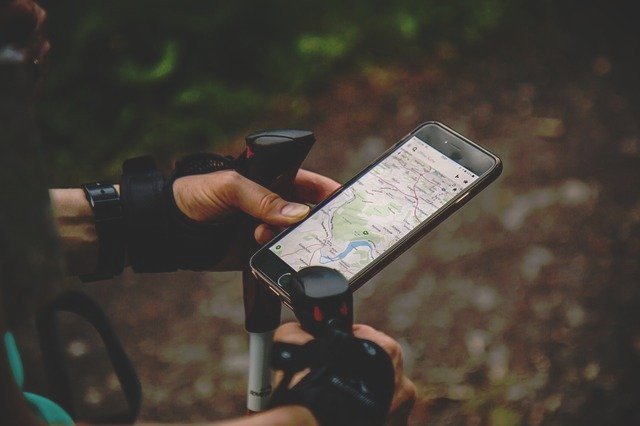Track 'GPS'

Read "Track 'GPS'" on TravelFeed.io for the best experience

After World War II, a new order is in place around the world. One day during the Cold War, it was September 1, 1983. KAL007 was flying from New York John F. Kennedy International Airport to Seoul. The airliner, who wanted to get away from the route, crashed over the Kamchatka Peninsula and was suddenly attacked by the Soviet Air Force. All crew and 269 passengers aboard were killed. Korean Air flight 007 is shot down.
Unfortunately, the start of the accident was due to technical problems. The KAL007 was equipped with an Inertial Navigation System (INS). The pilot relies on the INS to route and maneuver the airliner. But the INS didn't work, and the pilots were supposed to look at the terrain and continue flying on the compass. KAL007 is a large departure from the path. Then you enter a place where you should not go.


(Source: Time, ICAO)
That day, the Soviet Union was preparing to launch an intercontinental ballistic missile (ICBM) test on the Kamchatka Peninsula. In the vicinity, a reconnaissance plane, RC-135, sent by the US military, was watching. KAL007 flies out of nowhere at the height of crisis. The Soviet Union, already watching RC-135, was confused. Whoever sees, KAL007 was just a private airliner, but the Soviets knew that the United States used civil aircraft as reconnaissance. The RC-135 was also a modified passenger plane.
I could not help but be alert. Soviets launch interceptors. Approaching the KAL007, a warning signal and flares were fired, but no response was received, eventually firing the missile towards the airliner.


KAL007 and RC-135 (Source: wood wiki, wikipedia)
The Soviet Union is criticized by the international community. At first he denied shooting, but five days later he admitted. The interceptor pilot explained that he didn't know it was a passenger plane, but he replied that he knew it was a passenger plane and shot it down.
The arrow of blame also goes to the United States. The use of the Global Positioning System (GPS) will enable precise positioning, and there has been a public outcry over the US's exclusive use of the technology. Now everyone uses GPS, but then it didn't. The US Navy has been developing GPS technology since the 1960s for military purposes to track the location of nuclear submarines. The satellite was used to locate the submarine in minutes.
President Ronald Reagan's public broadcast of the shooting of KAL007 on September 5, 1983 (Source: ReaganFoundation)
US President Ronald Reagan believes that an accident would not have occurred if it had had a Global Positioning System (GPS). The United States says it will open to the private sector once GPS deployment is complete. Korean Air's 007 downfall triggers a urge to popularize GPS.
But the United States is delaying its public schedule. In addition, they were concerned about their use in enemy forces, so they adopted a Selective Availability (SA) method to insert encrypted error codes into satellite signals. Intentionally adding an error signal resulted in inaccuracy. Over time, President Bill Clinton's decision to open GPS to the civilian on May 2, 2000, without signaling an error. GPS was a must and soon became popular. Cars have navigation, and airplanes and smartphones are also using GPS.

There are currently two levels of service. One is Standard Positioning System (SPS) and the other is Precise Positioning System (PPS). PPS is primarily used for military purposes and is a service freely used by the SPS in the private sector. It is free to use 24 hours.
How does GPS find the exact location? Basically, distance is calculated from the time and speed it takes for a signal from a satellite to reach the receiver. The signal travels at the speed of light and travels 300,000 km per second. If only accurate time is measured, distance can be known. So the satellite is equipped with an atomic clock with very high accuracy. But knowing only the distance to the satellite is meaningless. This is because it is difficult to specify the exact position. So we need a second satellite. When the signal from the second satellite is received, it is narrowed down to two overlapping radii. Receiving data from the third satellite now identifies the point.

(Source: mbzine)
Even if there is a slight error in the time the signal travels, the distance measurement is a mess, and a fourth satellite is used to prevent this. Correcting the error with the signal sent by the fourth satellite can determine the exact position. At least four satellites are currently being operated in one location, and now 24 GPS satellites orbit the earth.
View this post on TravelFeed for the best experience.


Congratulations, Your Post Has Been Added To The Steemit Worldmap!
Author link: http://steemitworldmap.com?author=alejorzu
Post link: http://steemitworldmap.com?post=track-gps
Want to have your post on the map too?